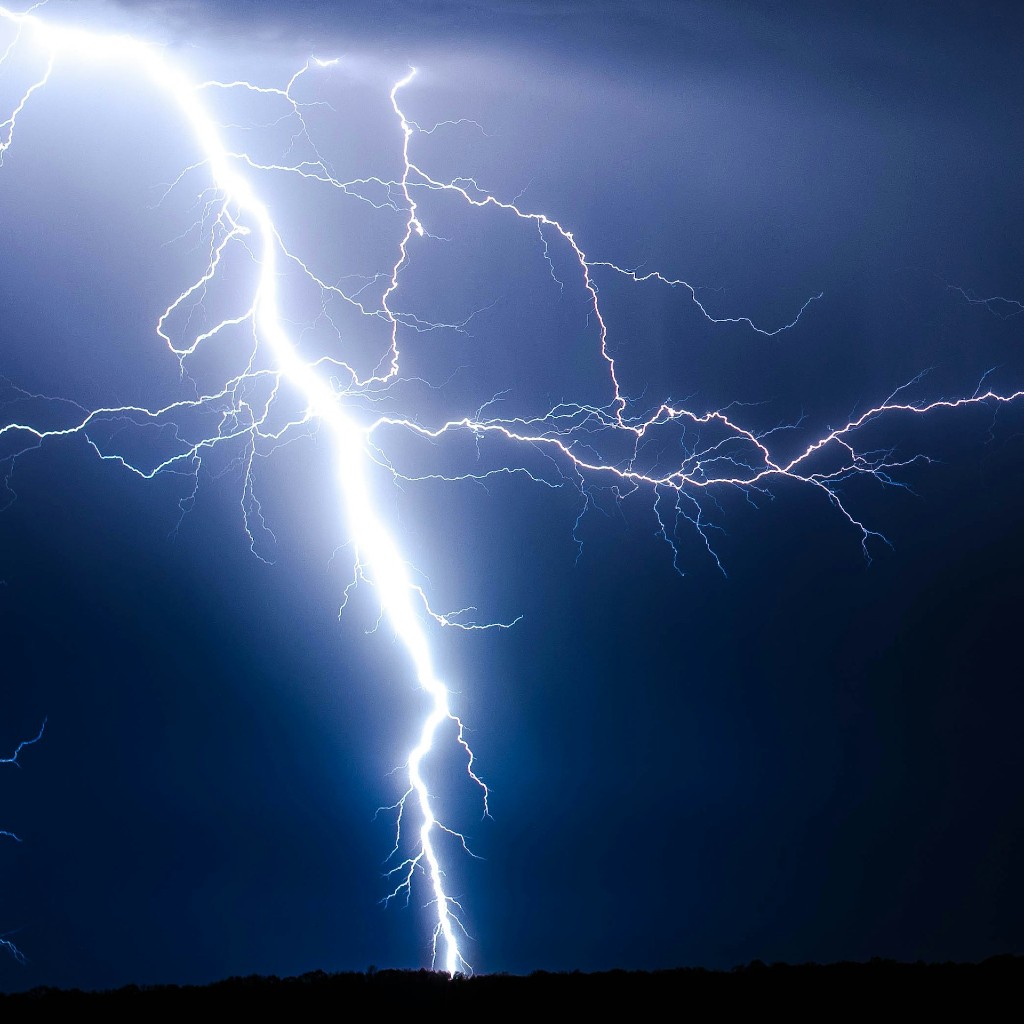Springtime is often welcomed across the country. Warmer temps, everything greening up and just a general mood boost for everyone. For much of the US, spring also signals the beginning of a much more active weather pattern. Lightning storms can frequent everywhere from the plains to the mountains to the deep south. While we usually focus mostly on cybersecurity when it comes to technology these days, mother nature can still pose risks all by herself. So today, here are a some basic tips on how to protect your critical IT infrastructure from more than just hackers.

Building Wiring
One of the first steps is to ensure that the electrical wiring system in the building(s) is correct. In a brand-new facility this is usually built in but with older buildings which have likely seen lots of changes over time, it can't hurt to engage with a local electrician to review things and ensure each circuit is in good shape and able to handle both the load being asked of them as well as help send any unexpected excess to the correct place: ground.
Surge Protectors
When most people think of "power protection", this usually tends to be the first thing they think about. A good quality surge protector can help save any devices connected to it from overcurrent events such as lightning strikes. Unfortunately, not all lightning events are the same and a surge protector can't cover everything. Cheaper surge protectors also more frequently fail to do an adequate job and a strong enough current even can still fry things connected to it. Still, it's better than nothing and, if the devices you're connecting to it aren't super high priority, it's often a good, cheap solution.
Uninterruptable Power Supply (aka: Battery Backup)
A UPS is like an upgraded surge protector. In addition to providing a better surge protection circuit (usually in the form of a resettable breaker instead of a simple "one and done" fuse), it also includes a battery which will kick in and keep power supplied to the connected devices. As mentioned earlier, not all lightning strikes are the same and an indirect strike on power lines, transformers or substations won't necessarily cause a massive surge in your local environment. Instead, you may experience something known as a "brownout", most commonly seen as the lights dimming or going out temporarily and then back on. Brownouts are a major enemy of electronics. In fact, brownouts damage infrastructure far more frequently than actual lightning strikes. This is where battery backup units can really shine as they can catch those short dips in power and keep things running with consistent power. As a result, we highly recommend putting an appropriately-sized UPS on your most critical infrastructure to prevent both high and low voltage issues.
Unplugging Equipment
Last but not least, you're probably asking "well why not just shut things down and unplug them when storms are coming?". While it's certainly do-able, it's not really recommended for a few reasons. First, as mentioned previously, power events aren't always due to something like a direct lightning strike. A storm 20 miles away can cause a cascading series of brownouts which then affect your infrastructure. This leads to point number two: do you really want to shut down production every time a storm is even in the vicinity? Probably not. Finally, surges and brownouts aren't always caused by storms, they can happen at any time and be completely unexpected. As a result, having a passive solution in place is a far better strategy to keep your important, expensive equipment protected.